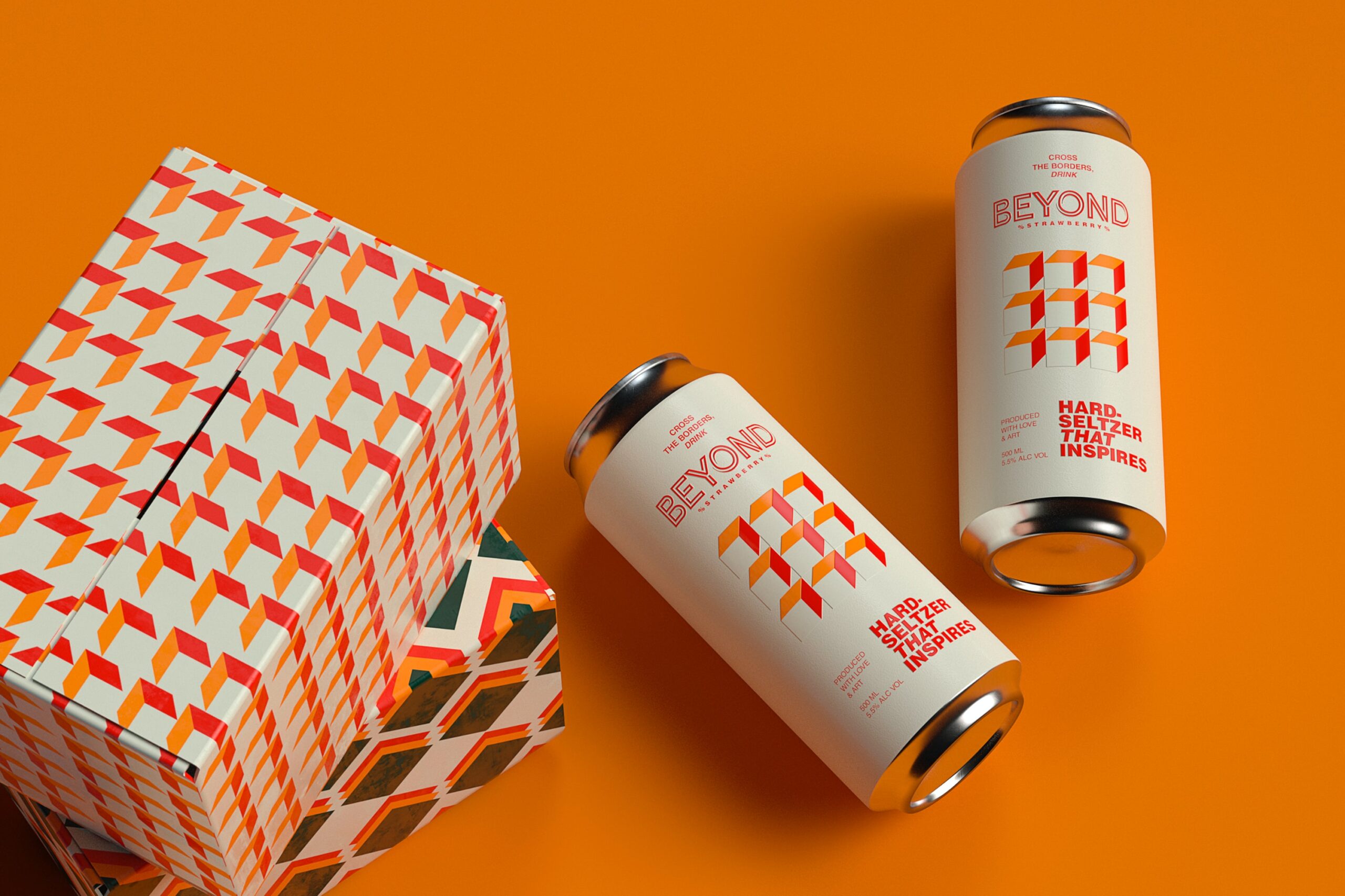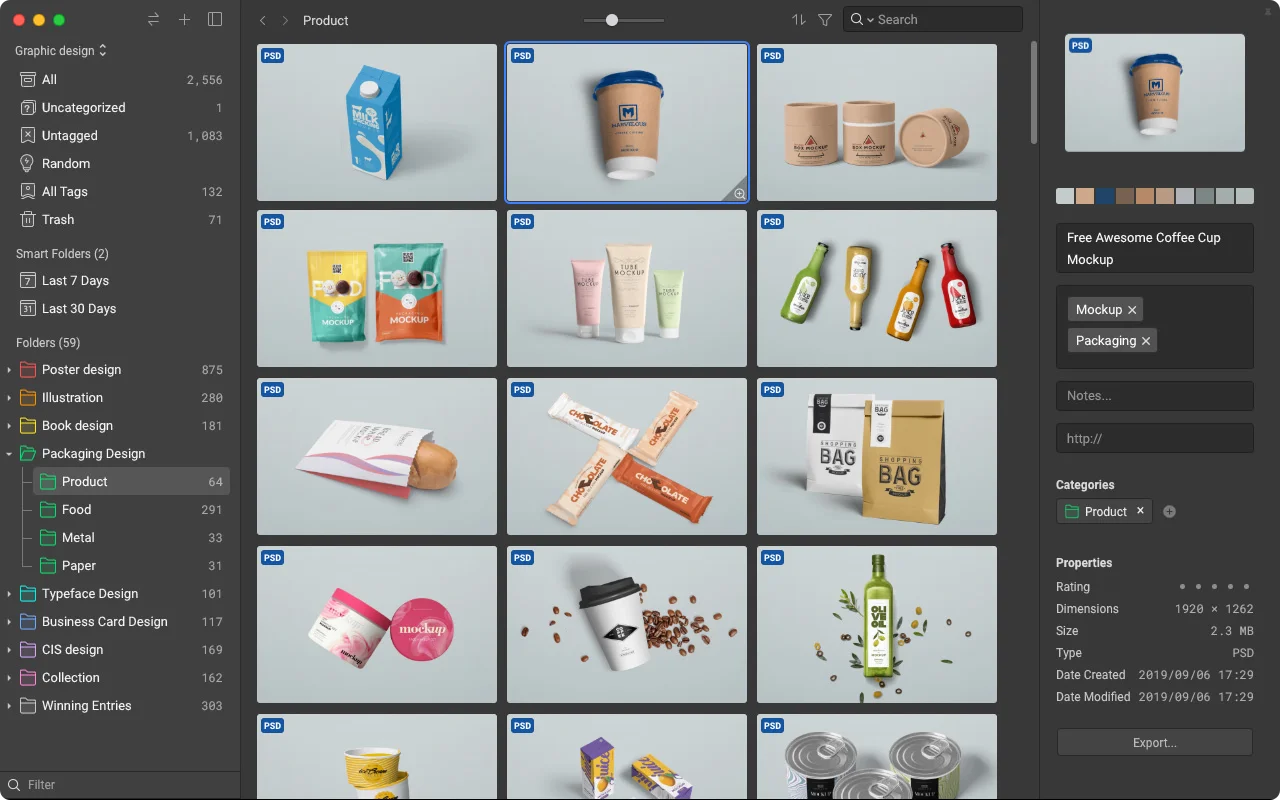Here are some of the basics of web design that you should know on your own without your web design company having to teach you:
Web Design Graphics
Always think small. In order to optimize your page and avoid slow loading pages, make sure you set your graphics to a file size of only about 10 to 12KB per image. It is true though that broadband technology have advanced leading to increase of speed, but the number of broadband users are increasing at a steady rate as well. Slow pages are always annoying, and no doubt your web design company will agree with this.
Use graphics that are suitable to the page content. Adorable pictures should not be posted on the page just because they are adorable. Make sure that all your graphics have something to do with the site. An exception will be on design images, which are made up of photos and graphics that make up the page design and have nothing to do with the content.
Minimize the use of blinking, rotating, flashing or changing images or graphics. These types are the ones which annoy and distract people the most. You need your online visitors to look at the contents of the page, and not get distracted by these graphics.
Web Design Layout
Try to get by with standard layouts. I have seen them all: from those pages with eight frames, to those which you need to scroll to the right then downwards. These layouts are novel and cute, but they are pretty darn confusing. The reason why your web design company suggests the use of the standard 3-column layout is because it is what works well with the general audience. The same is true for newspapers and other media print. This can prove to be boring, but you have to bear with it to make sure you do not drive your visitors nuts.
Pay attention to whitespace. You should know that whitespace is not just a CSS property, but is one of the functions of your layout. The whitespace actually has a bearing on how the page content is viewed, and is just as important in your web page layout as it obviously is in paper.
Use graphics as actual elements in your layouts. If you use graphics as actual element in your page layout, it serves a far better role.
Web Design Fonts
Use standard fonts. You can get by using Serif for your headlines and Sans-Serif for your actual text. Do not wonder if your web design company advises the use of this font family. Serif fonts are actually easier to read on monitors than it is in print since screen resolution is lower in the former.
Minimize the use of different fonts. It is undeniable that ages with varying fonts here and there look like they are made by an amateur. Doing this will not make your web design company very happy. Try to limit your site and page to about two or a maximum of three standard font families. Trust me; they look a lot more professional.
Use only standard fonts. You can use rare fonts that look pretty good. However, the chances that your online visitors will have the same font installed in their system might be low. If you stick will general fonts such as Arial, Helvetica, or Verdana, your pages will look better and your designs will likely be in the right places once they are viewed.
Web Design Advertising
Never be greedy of advertisements. Yes, you and your web design company have the actual control over the ads that can be placed on the site. However, know that your readers do not visit your page to read the ads, but they need significant content. Do not overwhelm them with ads that overshadow the content of your site, or you might tend to lose their interest immediately. Instead, keep them small and subtle (no flashy ads, please), but relevant and strategically placed to draw attention.
Web Design is about remembering Your Readers
Make sure to test your page in different browsers and operating system combination. Your web design company requires you to come up with sites that are viewable and effective. Coming up with a page that is only compatible with the most modern browser and the latest operating system is simply unacceptable. Make sure that your page design is compatible with as many browser and OS system combinations as possible.
Write the content that readers want. Remember that you are making a website that is not for yourself, but for your readers. So make sure that you create content that covers topics that your visitors would like to read. Your web design company will appreciate this as well.

















Well, thanks for the tips…but seeing as every image on this page is over 100KB it seems like you’re ignoring your own rules :-D
You are right!
One more thing: You should keep the max-width under 960px – side scrolling sucks and 1024px monitor width is still pretty common – think Netbooks or an iPad in landscape mode :)
Totally agree with this. These are almost all of the tips you’ll need to start creating a good website. Another reason why flash should be avoided is because flash makes websites load longer.
Any layout you create in HTML I can create in flash using less total size and less server requests. And then on top of that I can choose the order in which everything loads to make last images in a rotator not load until the first are finished, etc.
Your statement is the equivalent of saying “cars with painted flames go faster”. No they don’t…faster cars have a higher percentage of owners that paint flames on their car…but painted flames themselves have no bearing on the car’s speed. And likewise the sites chosen to be made in flash tend to be promotional microsites, photography sites, etc that simply need more image based content to show…but flash itself does not make for any larger of a site. In fact flash is actually more capable of diminishing site size when the exact same layout is compared being done in flash vs HTML.
Layout is what makes your blog stand out in the crowd. I completely agree with Bryan flash makes websites load slower, by the time page loads users will move away.
Excellent post, very useful :)